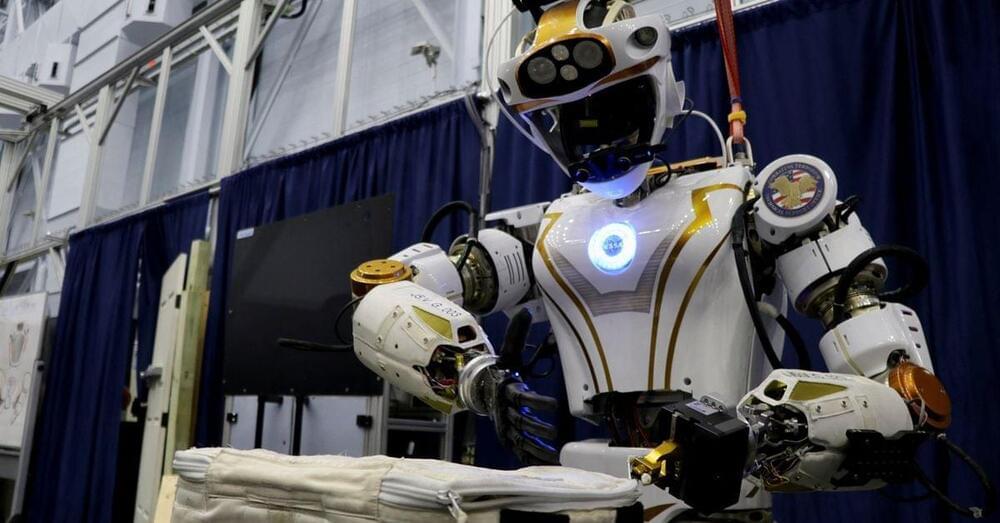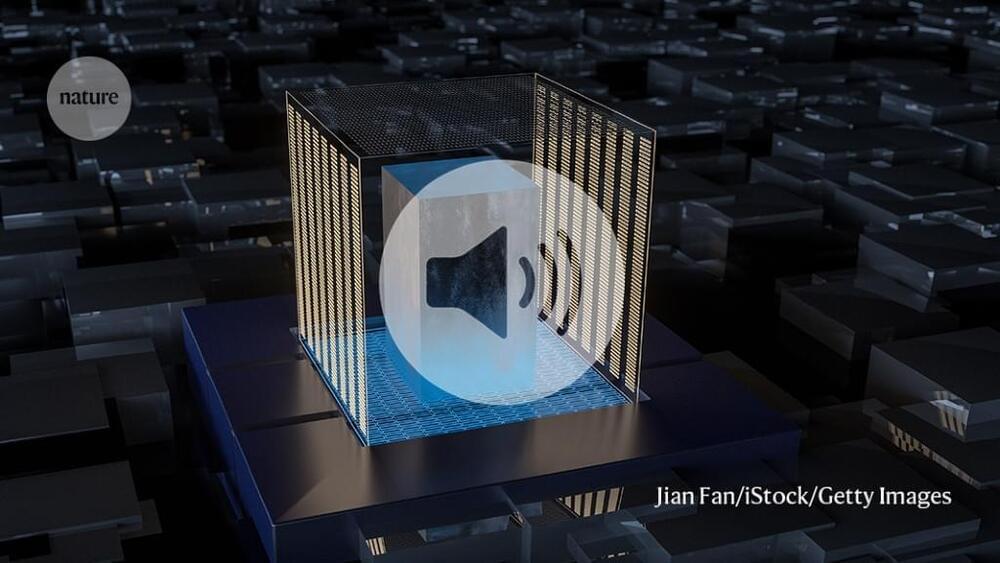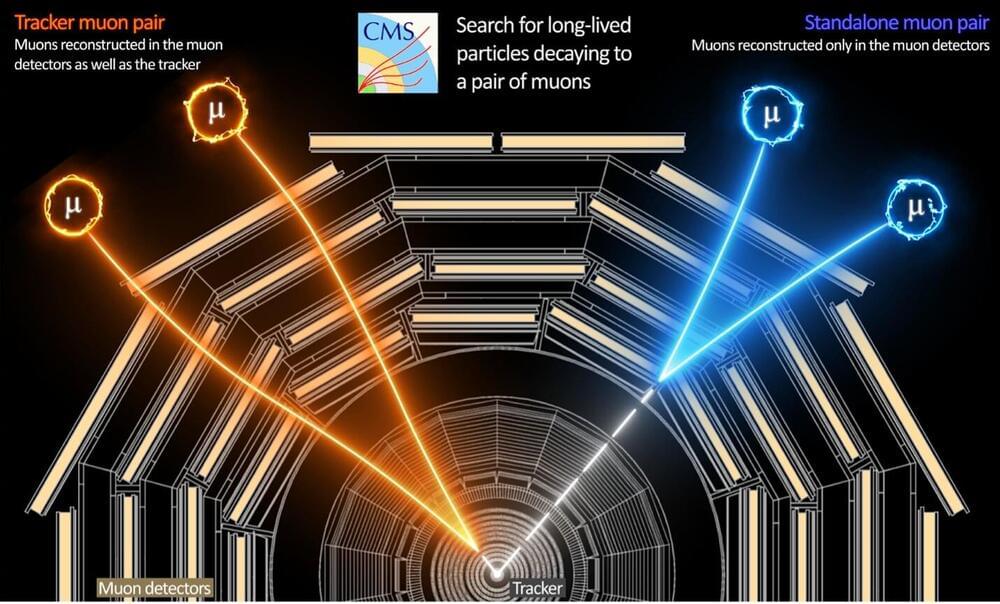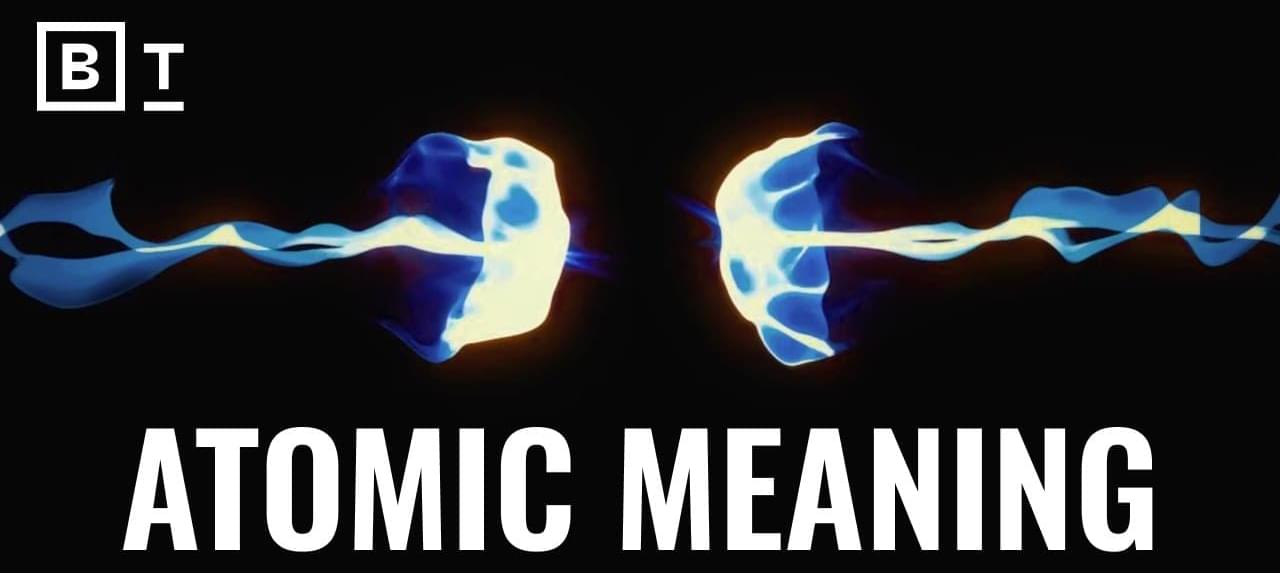Dec 27, 2023
This Paper Proposes RWKV: A New AI Approach that Combines the Efficient Parallelizable Training of Transformers with the Efficient Inference of Recurrent Neural Networks
Posted by Dan Breeden in category: robotics/AI
Advancements in deep learning have influenced a wide variety of scientific and industrial applications in artificial intelligence. Natural language processing, conversational AI, time series analysis, and indirect sequential formats (such as pictures and graphs) are common examples of the complicated sequential data processing jobs involved in these. Recurrent Neural Networks (RNNs) and Transformers are the most common methods; each has advantages and disadvantages. RNNs have a lower memory requirement, especially when dealing with lengthy sequences. However, they can’t scale because of issues like the vanishing gradient problem and training-related non-parallelizability in the time dimension.
As an effective substitute, transformers can handle short-and long-term dependencies and enable parallelized training. In natural language processing, models like GPT-3, ChatGPT LLaMA, and Chinchilla demonstrate the power of Transformers. With its quadratic complexity, the self-attention mechanism is computationally and memory-expensive, making it unsuitable for tasks with limited resources and lengthy sequences.
A group of researchers addressed these issues by introducing the Acceptance Weighted Key Value (RWKV) model, which combines the best features of RNNs and Transformers while avoiding their major shortcomings. While preserving the expressive qualities of the Transformer, like parallelized training and robust scalability, RWKV eliminates memory bottleneck and quadratic scaling that are common with Transformers. It does this with efficient linear scaling.
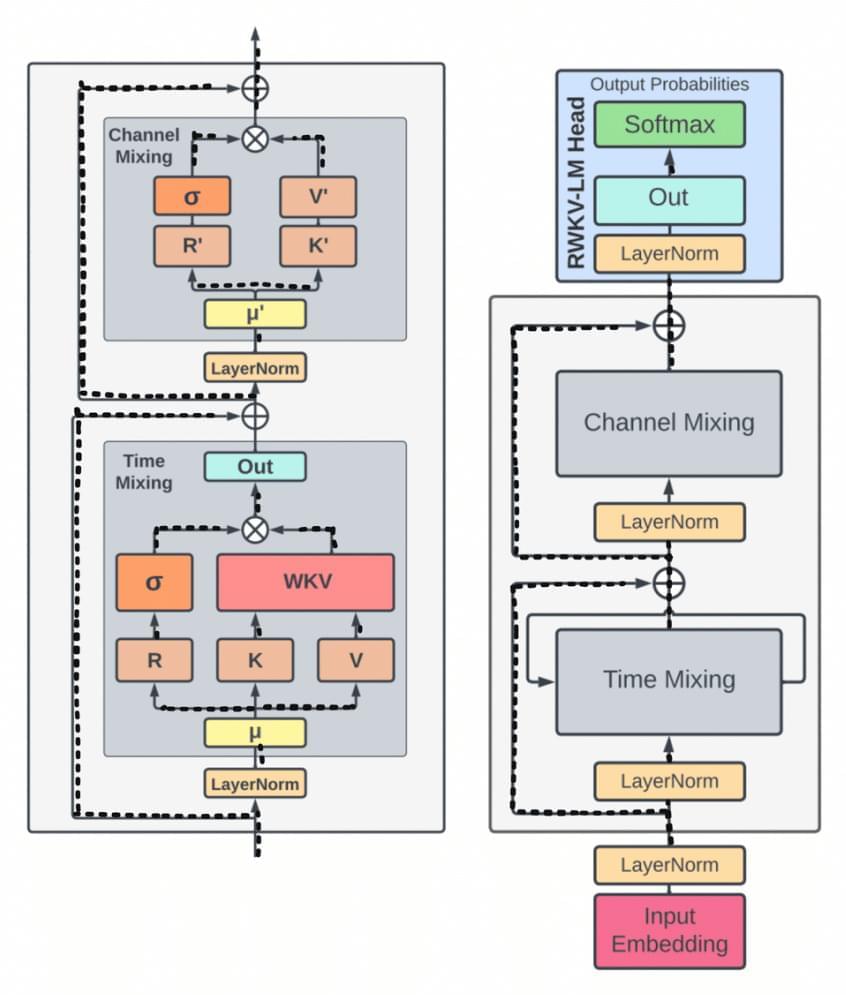

 A central challenge for systems neuroscience and artificial intelligence is to understand how cognitive behaviors arise from large, highly interconnected networks of neurons. Digital simulation is linking cognitive behavior to neural activity to bridge this gap in our understanding at great expense in time and electricity. A hybrid analog-digital approach, whereby slow analog circuits, operating in parallel, emulate graded integration of synaptic currents by dendrites while a fast digital bus, operating serially, emulates all-or-none transmission of action potentials by axons, may improve simulation efficacy. Due to the latter’s serial operation, this approach has not scaled beyond millions of synaptic connections (per bus). This limit was broken by following design principles the neocortex uses to minimize its wiring. The resulting hybrid analog-digital platform, Neurogrid, scales to billions of synaptic connections, between up to a million neurons, and simulates cortical models in real-time using a few watts of electricity. Here, we demonstrate that Neurogrid simulates cortical models spanning five levels of experimental investigation: biophysical, dendritic, neuronal, columnar, and area. Bridging these five levels with Neurogrid revealed a novel way active dendrites could mediate top-down attention.
A central challenge for systems neuroscience and artificial intelligence is to understand how cognitive behaviors arise from large, highly interconnected networks of neurons. Digital simulation is linking cognitive behavior to neural activity to bridge this gap in our understanding at great expense in time and electricity. A hybrid analog-digital approach, whereby slow analog circuits, operating in parallel, emulate graded integration of synaptic currents by dendrites while a fast digital bus, operating serially, emulates all-or-none transmission of action potentials by axons, may improve simulation efficacy. Due to the latter’s serial operation, this approach has not scaled beyond millions of synaptic connections (per bus). This limit was broken by following design principles the neocortex uses to minimize its wiring. The resulting hybrid analog-digital platform, Neurogrid, scales to billions of synaptic connections, between up to a million neurons, and simulates cortical models in real-time using a few watts of electricity. Here, we demonstrate that Neurogrid simulates cortical models spanning five levels of experimental investigation: biophysical, dendritic, neuronal, columnar, and area. Bridging these five levels with Neurogrid revealed a novel way active dendrites could mediate top-down attention.